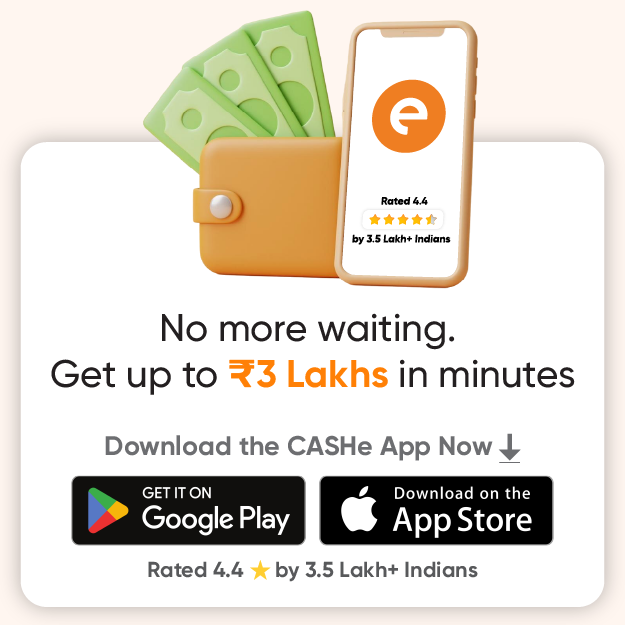If you’re looking for a quick loan to pay off debts, make purchases. or even consolidate other short-term loans, there are two types of borrowing plans you can consider: Instant loans and Loans against PPF.
While they are both ways of supplementing your finances, there are a few key differences between the two. In this blog, we will look briefly at what each type of borrowing allows you to do and how they differ from one another.
What is an Instant Loan?
Instant loans are a common type of unsecured personal loans available to consumers. These loans are offered by financial institutions such as banks or NBFCs as well as through online lenders and mobile loan apps.
A versatile financial product, instant loans can be used for a variety of purposes, such as clearing an emergency financial situation, making an expensive purchase, or paying off debts. The popularity of instant personal loans is largely because they have a minimal documentation process, rapid approval rates, and quick cash disbursement. This makes it particularly convenient for tech-savvy customers in urgent need of cash.
What is a Loan against PPF?
A Public Provident Fund or PPF is a financial product provided by the Government of India. Through this, citizens can invest money long-term in a PPF at a competitive interest rate and receive tax-free returns. Citizens can add between ₹500 and ₹1.5 lakh every financial year into the fund and the fund will mature after 15 years.
Between the 3rd and 6th years of the scheme, customers can take a loan against the PPF account. The loan amount can be a maximum of 25% of the total available amount in the fund. The interest rate would be the rate decided by the Ministry of Finance that year and the loan tenure would be a fixed 36 months.
Instant Loan vs Loan against PPF
- Convenience
Instant Loans are easier to apply for since they have quick online application processes. This makes it the more accessible option of the two. Getting a loan against your PPF account is only possible if you have enrolled in a PPF scheme, to begin with. Even if you already have an existing PPF account, a PPF loan will take longer to arrange for than an instant loan.
- Loan Amount
The maximum amount for an instant loan depends on the lender. For example, CASHe allows you to borrow money from Rs 1,000 to Rs 4 lakhs. Contrarily, a loan against PPF is restricted to 25% of the account balance at the end of the previous financial year.
- Loan Tenure
The loan tenure of an instant short-term loan ranges from a few months to a few years. Failure to repay the loan negatively affects your credit score. A loan against PPF has a fixed tenure of 36 months. If you fail to make the payment on time, the interest rate increases by 4%.
- Interest Rate
Since instant loans are unsecured short-term loans, they have higher interest rates compared to loans against PPF. For example, CASHe interest rates start at 2.5% per month for our instant loans. Loans against PPF are offered by the government and most loans of this type have an annual percentage rate of 1% more than the interest earned on the balance in the PPF account.
- Number of Loans
If you pay your monthly repayments on time and your lender is prepared to offer you more money, you can apply for more than one instant loan every year through a quick money lending app. This is not possible with a PPF loan because you are only authorised to accept one loan every fiscal year.
Bottom Line
Instant loans and loans against PPF both have their advantages and disadvantages. A loan against PPF works best if you have an existing PPF account and the account balance is enough to get you a loan to meet your needs. An instant short-term loan is better if you are in urgent need of cash and you need to borrow a larger sum of money.
Download the CASHe loan app and apply for a quick short-term loan today!










